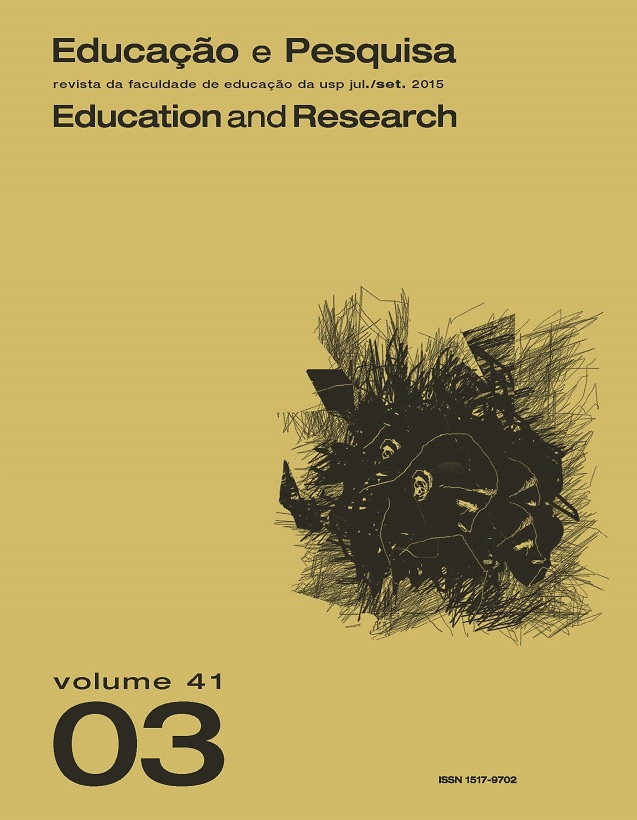¿Qué y cómo observar interacciones para comprender la autoridad pedagógica del profesor en su ejercicio?
DOI:
https://doi.org/10.1590/s1517-97022015051777Resumen
La autoridad pedagógica del profesor en el aula tal como se ha entendido de manera tradicional en las escuelas ha llegado a su fin. Parece necesario entonces comprender la autoridad que hoy se da en las aulas desde nuevos referentes teóricos y prácticos para formar a los futuros profesores. Una tarea para ello consiste en identificar las formas desde dónde se construye actualmente la autoridad pedagógica del profesor. Este trabajo contribuye a tal tarea presentando los desafíos teórico-prácticos que plantea el proceso de construcción de una propuesta de protocolo de observación de la autoridad pedagógica. Se utiliza una metodología cualitativa que considera tanto el juicio de expertos como una prueba piloto y se asume un modelo de toma de decisiones deliberativo. En relación al qué y cómo observar, la principal conclusión consiste en afirmar que un protocolo de observación sobre autoridad pedagógica que tiene como propósito abrirse a su actual ejercicio debe desplazar la atención desde la figura del profesor a las interacciones. El foco en la interacción permitiría la observación de nuevas formas de legitimación de la autoridad que los jóvenes hoy realizan, permitiendo la superación del sesgo que puedan traer los observadores quienes pertenecen a otra generación.Descargas
Los datos de descarga aún no están disponibles.
Descargas
Publicado
2015-09-01
Número
Sección
Artículos
Licencia
Los conceptos emitidos en los artículos son de exclusiva responsabilidad de sus autores y no reflejan necesariamente la opinión de la redacción.
Está permitida la reproducción total o parcial de los trabajos, siempre y cuando se indique explícitamente la fuente.
Cómo citar
¿Qué y cómo observar interacciones para comprender la autoridad pedagógica del profesor en su ejercicio? . (2015). Educação E Pesquisa, 41(3), 729-742. https://doi.org/10.1590/s1517-97022015051777



